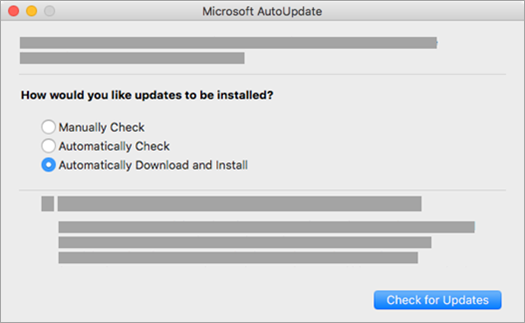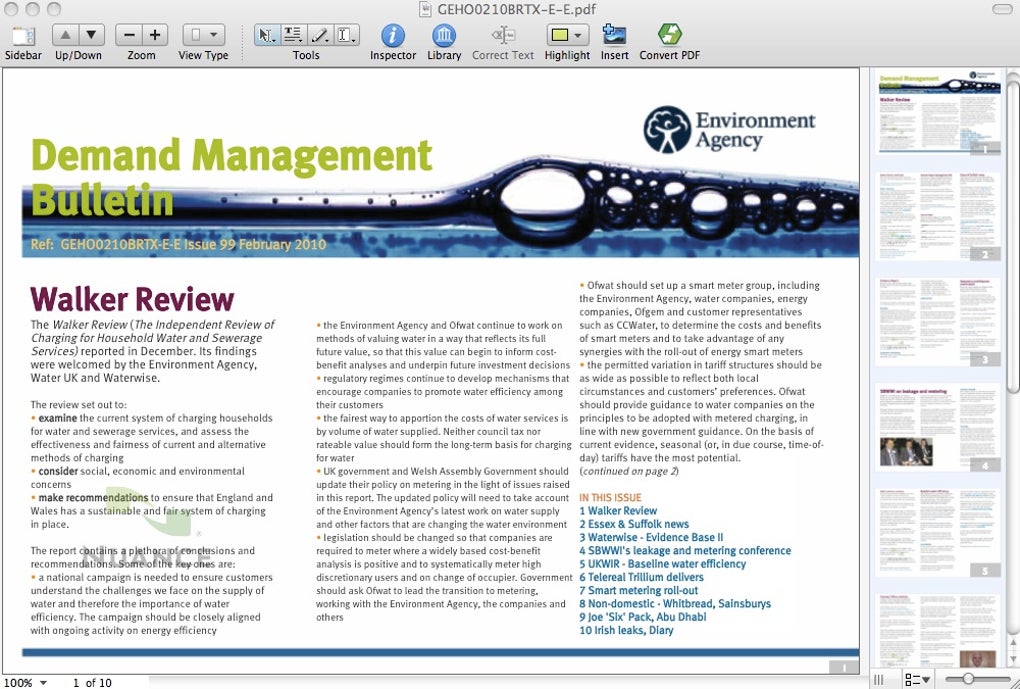Convert Microsoft Application To Mac
thanks,
macguy3000
p.s. I know that this is easy when converting basic c or c++ programs via a mac compiler. I figure that a game could be re-compiled as well just with a much more complex compiler.
Nov 09, 2013 Problem: Converting thousands of AppleWorks files in to Microsoft Word for a Mac (2011). I have a MacBook running 10.6.8, (so that AppleWorks will work). Do you know anyone who might have a batch-file (?) program that can convert a thousand-plus, AppleWorks files into Microsoft Word. If you need to run Windows apps on a Mac. If the application is popular – such as Microsoft Office – then you can simply type its name in the dialog box that appears under the Select an.
MacBook Pro, Mac OS X (10.5.1), Intel 2.33 GHz; 120 HD; 2GB RAM;
 Supported Operating SystemApple Mac OS X. Operating System Versions: Mac OS X version 10.5.8 or a later version of Mac OSNote To verify that your computer meets these minimum requirements, on the Apple menu, click About This Mac.
Supported Operating SystemApple Mac OS X. Operating System Versions: Mac OS X version 10.5.8 or a later version of Mac OSNote To verify that your computer meets these minimum requirements, on the Apple menu, click About This Mac.
Posted on
-->Pdf Convert To Microsoft
If your desktop application is in active development we recommend building an MSIX package in your build environment instead of generating an installer and running it through the MSIX Packaging Tool. In Visual Studio 2017 version 15.5 and later (including Visual Studio 2019) you can use the Windows Application Packaging Project to generate an MSIX for your application. If you're not developing in Visual Studio there are MSIX command line tools you can integrate into your build system to package your application binaries as MSIX.
If you're developing a UWP application, Visual Studio will default to MSIX as the packaging format for your application.
| Topic | Description |
|---|---|
| What to know before packaging your desktop app | Background on MSIX requirments and packaged desktop app runtime behavior. This is useful to know before building an MSIX package for your desktop application. If you're building a UWP app you can skip this section. |
| Packaging your desktop or UWP app in Visual Studio | This section discusses how to package your desktop (Windows Forms, WPF, Win32 etc.) or UWP app as an MSIX in Visual Studio. |
| CI/CD Pipelines for MSIX Builds and Deployments | This section discusses how to automate your build and deployment workflows using CI/CD pipelines in Azure DevOps. |
| Packaging from the command line | This section discusses how to package your app as an MSIX using command line tools. |
| Extending your MSIX application | This section discusses how you can to extend your application using extensions and optional packages. |

- Oct 08, 2019 To open a Numbers spreadsheet in another app, convert it in Numbers first. You can also open Microsoft Excel spreadsheets and other file types in Numbers.
- If you need to run Windows apps on a Mac. This trick means you can run Windows apps without paying Microsoft a penny! The Windows app runs as a native app.
Add modern Windows 10 experiences
After you create an MSIX package for your desktop app, you can use UWP APIs, package extensions, and UWP components to light up modern and engaging Windows 10 experiences such as live tiles and notifications.
Enhance with UWP APIs
Once you've packaged your app, you can light it up with features such as live tiles, and push notifications. Some of these capabilities can significantly improve the engagement level of your application and they cost you very little time to add. Some enhancements require a bit more code.
See Use UWP APIs in desktop applications.
Integrate with package extensions
If your application needs to integrate with the system (For example: establish firewall rules), describe those things in the package manifest of your application and the system will do the rest. For most of these tasks, you won't have to write any code at all. With a bit of XML in the manifest, you can do things like start a process when the user logs on, integrate your application into File Explorer, and add your application a list of print targets that appear in other apps.
See Integrate your desktop application with package extensions.
Extend with UWP components
Some Windows 10 experiences (For example: a touch-enabled UI page) must run inside of a modern app container. In general, you should first determine whether you can add your experience by enhancing your existing desktop application with UWP APIs. Mac microsoft autoupdater disappeared. If you have to use a UWP component, to achieve the experience, then you can add a UWP project to your solution and use app services to communicate between your desktop application and the UWP component.
Microsoft Word Application
See Extend your desktop application with UWP components.